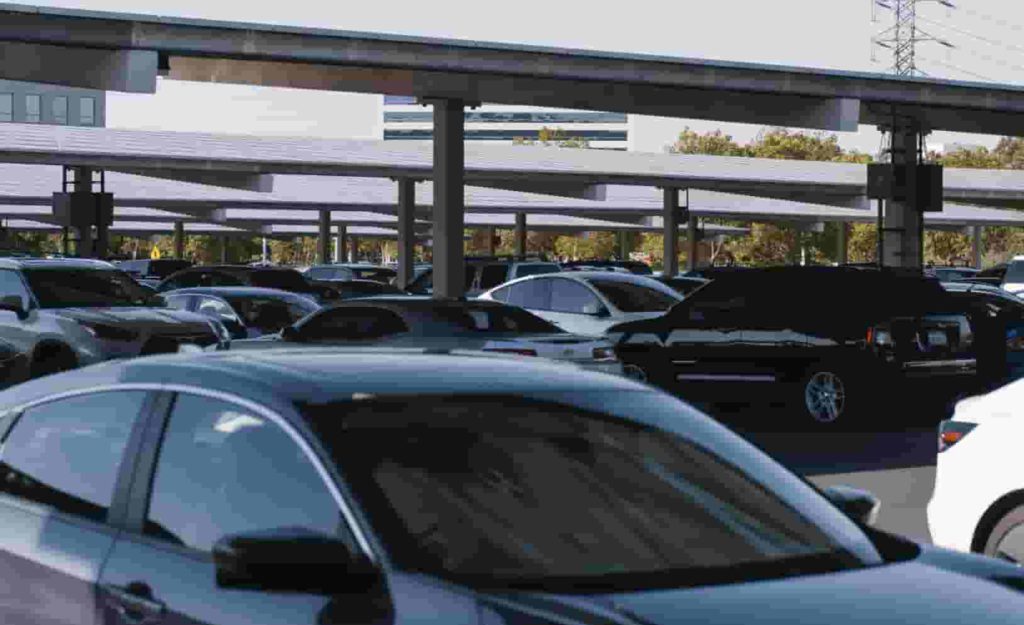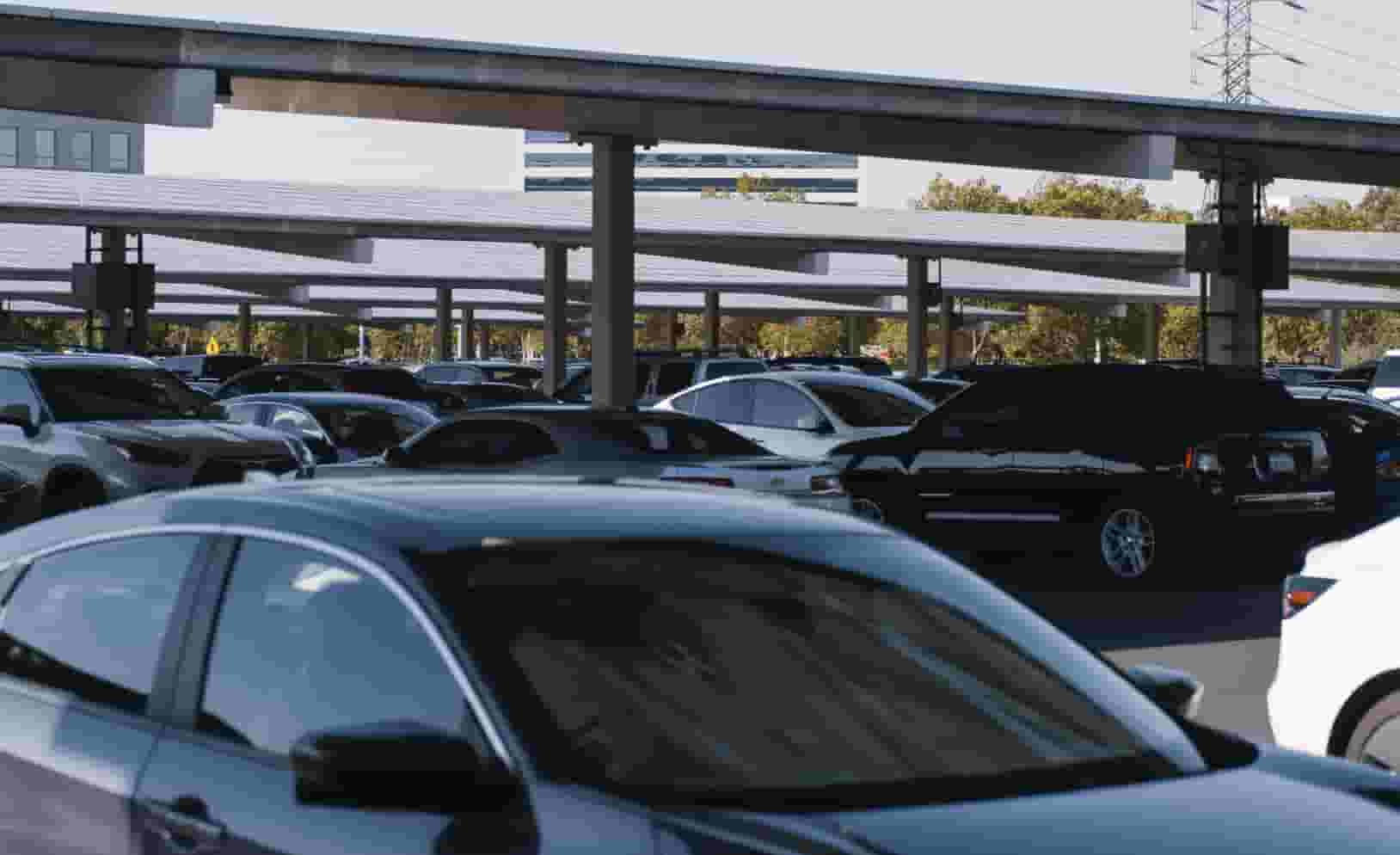How Excessive Parking in California Impacts the Climate
Is there anything as an ‘overparking’ crisis? For California, there is! Excessive parking in California is putting pressure on the city’s housing and quality of life, followed by a severe environmental emergency. These laws are forcing developers to put aside vast tracts of land and construction budgets to build parking for residential and commercial buildings. While it might not seem much at first, it adds up.
According to research, the US has an estimated 3.4 spaces available for every car. But what does this mean for the city? Such planning policies are driving up housing costs, adding a hefty sum of $35,000 to $90,000 to the costs of a single construction in San Diego. More importantly, so many cars on the road are degrading the environment, increasing air pollution, and cases of respiratory illnesses among citizens.

What led to this crisis?
We can date the car culture in the US and parking laws of today back to the post-World War II era. The massive industrialization and government subsidies led to a huge demand for new automobile infrastructure. This resulted in the need to set aside mandatory parking spaces.
However, these minimum parking requirement policies do not seem to serve the people and the community anymore.
Inflexible regulations are resulting in unnecessary and expensive parking spaces with every construction, giving rise to more vehicles on the road. How? Neighborhoods that are being built with parking areas make driving more appealing despite the availability and investment in public transit.
Furthermore, a study in San Francisco found a trend: the more the availability of parking in a building, the housing resident is more likely to own a car. The result is rising pollution, greenhouse discharge, and urban heat islands, ultimately leading to climate change.
What measures can the state take?
Despite California investing actively in a clean environment, the carbon emissions due to cars are growing tremendously. Therefore, here is what the state can do to address urgent climate change caused by excessive parking in California.
1. Eradicate minimum parking requirements
This law leads to the construction of more parking than what people need. Removing this requirement does not mean eliminating parking, rather it encourages creating parking spaces only where it is truly required. This will promote the use of public transportation, which will impact the climate positively.
Also Read: Should We End Mandatory Parking Minimums?
2. Remove designated parking
Strict parking requirements lead to a system where parking spaces are designated for specific uses. This results in unnecessary wastage of space. Removal of such spots can encourage parking owners to rent out or share their parking areas with other groups. For instance, a single parking lot can be used by commercial offices by day and by residents or eateries at night.
3. Exclude parking costs from housing costs
Since minimum parking requirement policies apply to all residential projects, owners and tenants pay for the parking costs, whether they own a car or not. If this cost becomes optional, it won’t burden people who do not own cars. Additionally, it can also encourage car owners to limit their use of cars to avoid this cost, therefore, promoting a cleaner environment and reduced pollution.
The bottom line
Let’s face it! Climate change is real. And it is happening at an alarming rate. In such circumstances, the parking policies of today that ensure excessive parking spaces must be addressed soon. Only then can we drive towards an optimal and sustainable transportation ecosystem.

